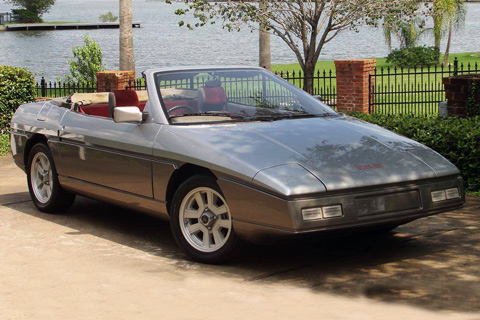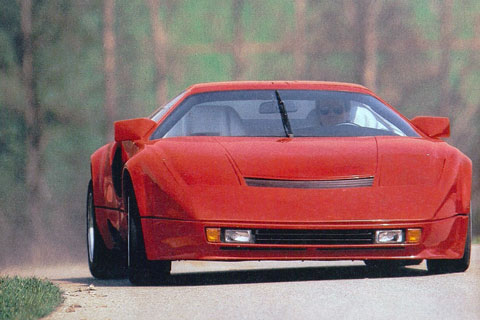Who invented it? Twelve Swiss automobile designs that are barely remembered
12/18/2013
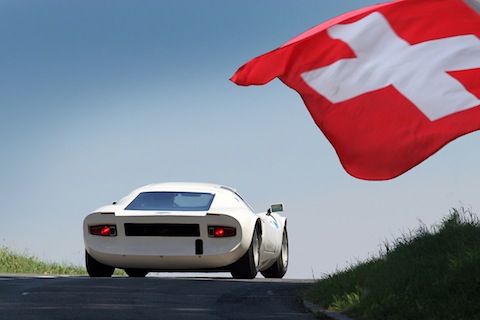
After the Second World War, only a few Swiss companies dared to design and produce a domestic vehicle. The best-known examples are Monteverdi and Enzmann. And even these two companies produced some cars and prototypes that hardly anyone noticed because they never made it into series production. They shared this situation with lesser-known small companies that repeatedly attracted attention with surprising ideas and yet never got off the ground in the long term. Or never really intended to.
Here are twelve examples to jog our memories.
The Thorndahl T-Wagen limousine (1956)
The Danish entrepreneur Henning Thorndahl already had some experience in automobile construction when he set about designing the T-Wagen . However, the omens were not particularly good, as he had left behind a significant mountain of debt in Germany and subsequently moved to Thun (in the canton of Bern).

He worked with the best engineers and designers available. Giovanni Michelotti drew the bodywork and Ghia Aigle built it. The chassis consisted of two round longitudinal members and cross members, the Neidhart company supplied the torsion suspension and Universal in Zurich Oberrieden contributed the four-stroke two-cylinder boxer engine with 580 cm3 and 24.5 hp.
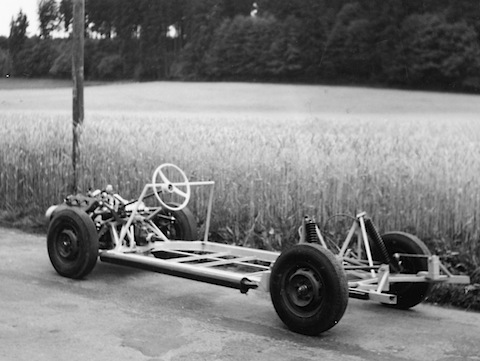
Despite the best facilities, however, nothing came of the Swiss passenger car because Henning Thorndahl was arrested in August 1957 and remanded in custody to clarify the accusation of "commercial fraud".
The Enzmann 500 plastic sports car (1960)
In addition to the better-known Enzmann 506 based on the VW Beetle, Emil Enzmann also built an Enzmann 500 based on DKW technology.
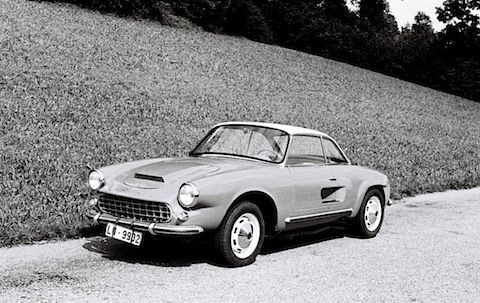
Visually, the sports car could certainly keep up with more famous creations from Italy. Due to the need to accommodate and cool a front engine, the round front end familiar from the 506 gave way to a more conventional design with radiator grille and air scoop. Traditional bumpers and two doors (!) rounded off the overall package. The fact that the step niches were retained for reasons of family resemblance made the car even more appealing.
Of course, the Enzmann 500 also featured the tried-and-tested Enzmann seat shells and the interior also corresponded to the other Enzmann vehicles in many other respects. A particular specialty of the 500 model, however, was the additional seating option in the second row in the form of a third emergency seat.
The boot was larger than in the Enzmann 506 and the hardtop could be fitted and removed in the classic way, unlike the sliding hardtop that was otherwise used.
The choice of the DKW base laid a good foundation for above-average driving performance. 55 hp (with double downdraft carburetors from Zenith) were possible, but even the 50 hp of the weaker version, together with the approx. 750 kg kerb weight (around 255 kg weight could be saved compared to the technology base), would have ensured spontaneous temperament. However, the prototype remained, and its whereabouts are unknown.
The Coupé Ashley Morgan (1962)
An attempt by the Swiss Morgan importer Wehrlin to realize a coupé based on the Morgan was not exactly a secret, but nevertheless remained almost unknown.
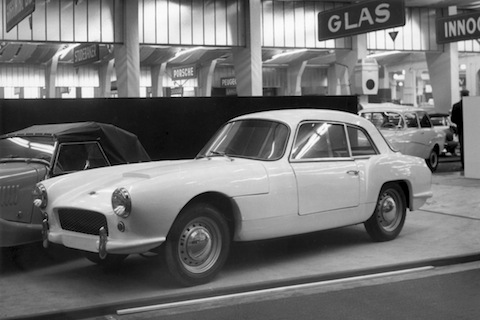
Morgan was officially represented at the Geneva Motor Show for the first time in 1962. In addition to the familiar 4-cylinder roadsters, the stand also featured a white coupé, which had been created on the initiative of the local importer and was called the " Gran Turismo " .
Wehrlin had built a compact coupé on the basis of an aged four-seater chassis of a Morgan +4 with a Triumph engine from 1954 and thus exactly the car that his customers kept asking for.
The bodywork came from plastics specialist Ashley Laminates.
The patron of the sports car manufacturer Morgan was less than pleased, "not amused" would be the word today. Peter Morgan was just as unaware of the surprise coup as he was of Morgan's official presence at the show via Wehrlin. This almost cost the Swiss importer its import rights!
Only when Wehrlin was able to confirm to Peter Morgan that the car had been completely dismantled into its individual parts for use as a spare parts store was the church back in the house. Wehrlin was able to keep the Morgan dealership and continued to be successful with it.
But what Wehrlin had concealed was the fact that he had kept most of the individual parts and that there was nothing to stop him rebuilding the car. And the current owner of the individual parts intends to tackle this in the near future.
The sporty coupé MBM Tourismo (1962)
Peter Monteverdi, racing driver and car designer, presented his first sports car back in 1962. It was called the MBM Tourismo and was based on the English Heron Europe.
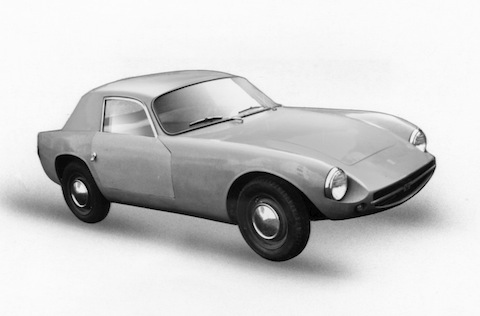
Like its English relative, the MBM Tourismo was equipped with the Ford Anglia engine and had a tubular steel chassis. The suspension was also based on the Heron Europe. Monteverdi quoted a total weight of 530 kg and a top speed of 150 to 190 km/h (depending on the engine/tuning level). A base price of 12,450 Swiss francs was quoted, but funnily enough Monterverdi wanted a surcharge for the right-hand drive version. A convertible version was even planned, but this was probably never built.
The Sauter DKW two-stroke sports car (1963)
Kurt Sauter loved fast cars and high speeds, and he built his own vehicles. He had already set up his own specialist workshop for automobiles in Basel in 1946.
Sauter designed and built his first special racing car in 1948 in his own body shop at Klingentalstrasse 77 in Basel.
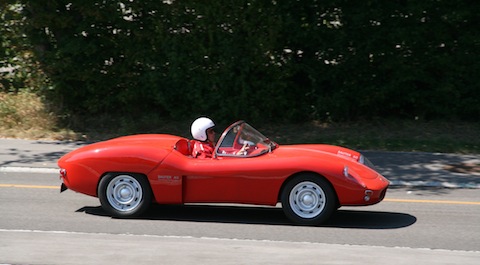
The first Sauter-DKW was built in 1957 and is often referred to as the Brugger-DKW. Stefan Brugger procured a fast engine from the DKW factory and was responsible for the chassis. Kurt Sauter built the bodywork, took over the assembly and also put a second car on its wheels.
Fausto Meyrat had a fatal accident in Stefan Brugger's racing car at the Nürnburgring. The car was repaired and sold to a Mr. Walter Sulke in Hong Kong. At the 1959 Macau Grand Prix, this Sauter-DKW took a sensational second place. This was with 1100ccm in a race with no engine capacity limit.
The second Sauter-DKW only raced on normal roads for a long time and only came into contact with racing in 1982, when Marcel Nussbaumer drove it in Les Rangiers. However, road vehicles were not Sauter's specialty and so they remained rare.
The elegant Monteverdi 2000 GTI (1968)
In 1965, sports car manufacturer Peter Monteverdi took over a BMW dealership for his company in Binnigen. As part of this activity, he also met BMW sales manager Hahnemann and agreed to work together with him. A two-seater coupé based on the BMW 2000 was to be built at Frua in Turin according to Monteverdi's plans.
On March 14, 1968, the Automobil Revue, which was very close to Peter Monteverdi, reported on the "Monteverdi 2000" for the first time.
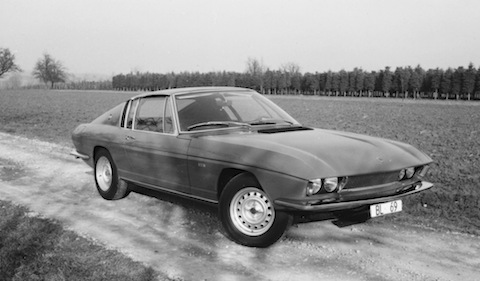
However, the planned presentation at the motor show did not take place, and the reasons for its cancellation were never made public. The official version was described by Automobil Revue on March 20, 1968 in one of the Salon issues:
"The BMW-based Monteverdi 2000 Coupé announced as the second new model had to be canceled at the last moment: when the feverishly completed car was being loaded onto the truck at Frua, it tipped onto its side and was badly damaged."
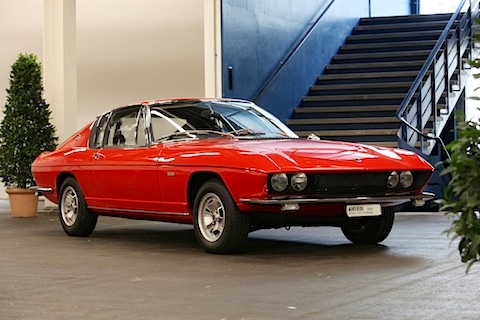
After further odysseys, the car found its way back to Monteverdi and is now in the Monteverdi Museum as the Monteverdi 2000 GTI.
The fast coupé Borghi (1969)
The white Borghi sports car casts a spell over onlookers. Its creators, the brothers Michel and Philippe Borghi, two architects from Les Diablerets in western Switzerland and just 21 and 22 years old respectively, called it the " Coupé Diablerets " when they created the beautifully shaped flounder.
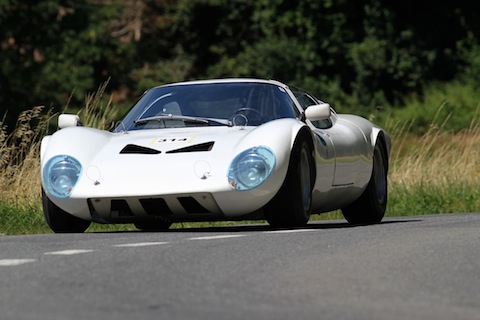
They molded the body from plastic and placed it on a box frame. A Renault-Gordini 1300 unit was installed as the engine, while the windshield came from a Ferrari LM. The mid-engined coupé was only 90 cm high and had a wheelbase of 242 cm, which was significantly longer than the Alpine A 110. To get even more power, the tuner Conrero was even called in to help.
The car was exhibited at the Racing Show at the Geneva Motor Show in 1969, among other places.
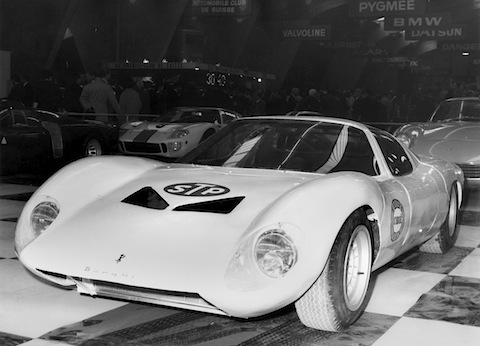
The one-off car still exists and can still be seen in restored condition at classic car events.
The pioneering Sbarro SV 1 (1973)
At the 1973 Geneva Motor Show, the small Swiss company Sbarro from Grandson presented the world premiere of the SV Coupé, which had a three-seater layout and was powered by a transverse NSU Ro80 engine. The plan to build a small series of the gullwing sports car was communicated. The attractive coupé was to reach 190 km/h (and more) and offer space for two people. There was a trunk at the front and rear to accommodate luggage. The chassis was a tubular frame construction on which a plastic body rested. The overall construction was designed for safety and offered generous crumple zones at the front and rear.
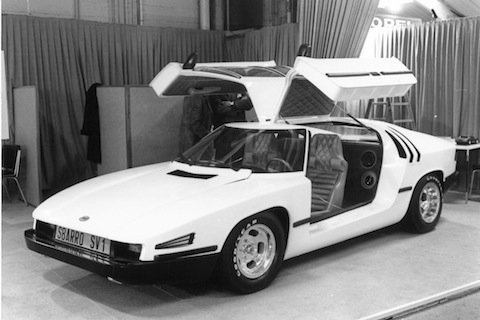
Alternatively, the SV was also to be built with a K70 engine; a price of 60,000 to 80,000 francs was communicated for the Ro80 version, which was probably too much for buyers at the time.
The Felber FF Ferrari retro sports car (1975)
Willy H. Felber was a well-off sales partner of the Ferrari, Lancia and Panther brands in Morges. In the mid-seventies, he began to produce sporty vehicles under his own name.

The first was the Felber FF, which was not only inspired by the exterior of the 1947 Ferrari 125 S, but also borrowed the technology from Ferrari vehicles. Felber wanted 90,000 francs for the sports car and is said to have sold some of them. The FF was a roadster with two seats that weighed 980 kg and benefited from the power of the Ferrari 330 GTC engine with twelve cylinders via a five-speed gearbox. The chassis was a tubular frame and the body was made of aluminum. The almost four-meter-long sports car is said to have been around 220 km/h fast.
The prices became somewhat more popular when he resorted to Lancia technology or later limited himself to comparatively minor adaptations to large series models of American or Italian origin.
The refined Caruna Peugeot convertible (1976)
The Peugeot 504 Targa Caruna was a one-off, built by the coachbuilder Caruna. Incidentally, the artificial name stands for "CARosserien Und NeuAnfertigungen", and this is exactly what the enterprising company did.
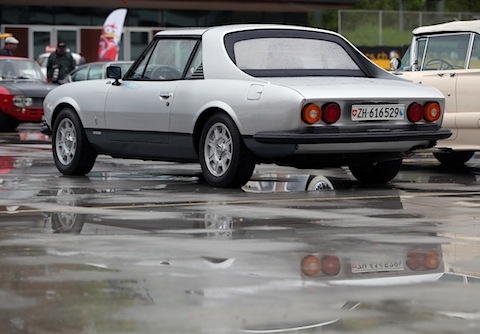
Apparently, the original owner of the V6 convertible had the new car with just 100 km on the clock modified to his own specifications in 1976. The Peugeot was given a targa roof (the rear window could also be removed) and differently designed front and rear elements. While the front headlights came from a Fiat, the rear lights were taken from the Ferrari spare parts shelf (they were also used on the Ferrari 308 GTB, among others).
Today, around 35 years after its creation, the car is still in its original condition and is also driven and shown.
The sensational Albar Sonic (1982)
Alois Barmettler made a good reputation for himself by building and selling buggies on Volkswagen chassis. To this end, he founded the Albar brand in Buochs in 1978.
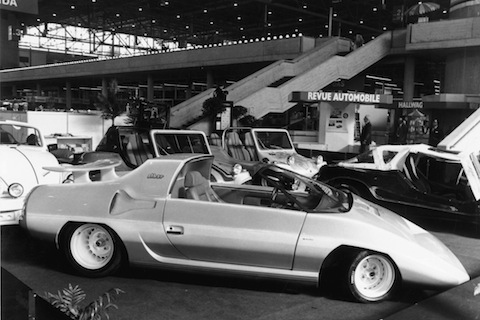
In 1981, he surprised the public at the Geneva Motor Show with the Albar Sonic, a futuristic wedge-shaped coupé that was almost as wide as it was long. In fact, the basic dimensions were 4.2 meters long, 1.96 meters wide and 1.12 meters high. While the first examples were still based on the Beetle chassis, later variants were built on a newly developed tubular steel chassis, which were then called the Sonic GT. The bodywork was always made of plastic and the huge rear wing of the early variants and the wide headlights at the front caused quite a stir, as did the scissor doors. The engines used included the unit from the VW Golf GTI, but there was also a 2.5-liter V6 version from Renault.
The Sonic could be ordered as a kit or as a finished model. Presumably every Sonic was different; a total of 15 were built.
The fast Basler Gryff (1983)
In 1983, Pierre Läubin presented an exciting plastic sports car, which he called " Gryff " in reference to the name of his small garage. It was a modified version of the Nova GT, both visually and technically.
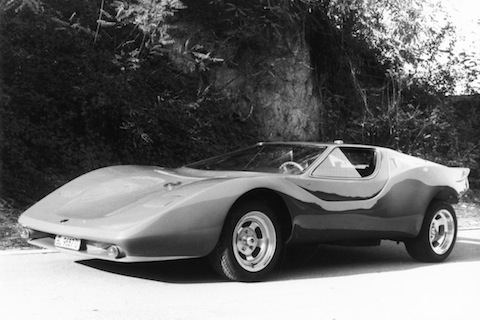
However, some changes were made to the bodywork, e.g. to the design of the headlights, which were hinged on the Gryff. Läubin reinforced the chassis with a heavily dimensioned tubular frame and fitted independent wheel suspension at the front and rear. Disc brakes on all wheels and engines from Porsche (911 SC with 204 hp) or Ford (Capri 2.8i with 150 hp) guaranteed super sports car-like performance and braking deceleration, not least thanks to the low weight of 900 kg. The interior was attractively equipped and the Wolfrace rims further enhanced the car.
With all the refinements worked out by Läubin, the car, which took around 800 hours to build, could certainly be described as an in-house design, which the designer wanted to deliver to order for 70,000 (Ford V6) or 80,000 francs (Porsche).
Of course, these twelve examples are just the tip of the iceberg, as many other vehicles have been created over the last 60 years that would also be worth reporting on. But that's for another time.
